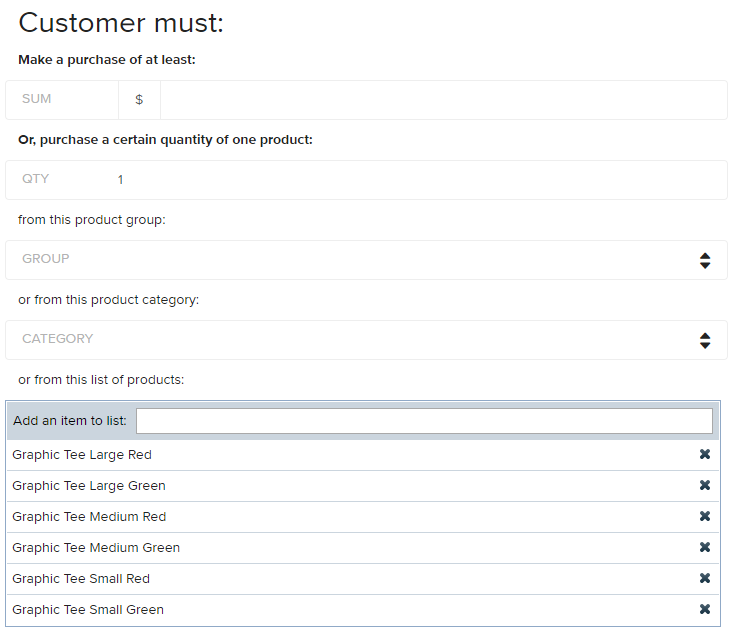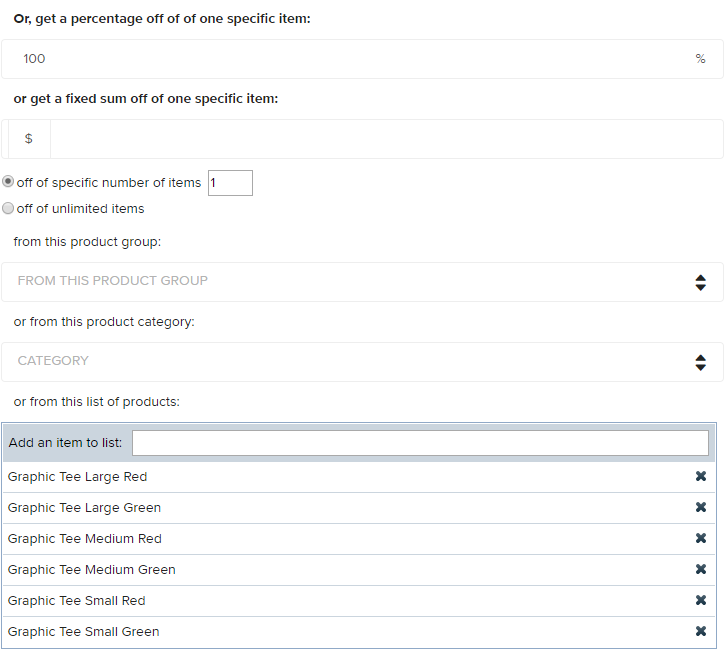And we’re here to help.
The following is a beginner’s list of pointers for competing in an Amazonian world. Put on those boxing gloves, keep reading and prepare for the fight of your life.
Tip 1: Embrace your smaller stature.
We don’t need to tell you that Amazon is a veritable force of nature and its presence is pretty much ubiquitous. But we may need to let you know that experts seem to be in agreement regarding one very important market finding: There’s no way to equal Amazon in terms of scope or scale. Your only option, therefore, is to admit your retail operation will have to be smaller—and then start celebrating and exploiting exactly what it is that makes you small. If you’re going to compete in any way, you’ll actually have to highlight what distinguishes you from Amazon rather than try to keep pace with the e-commerce king.Consider yourself the tortoise in the proverbial “Tortoise and the Hare” race. You may not have the size, speed or the agility to wow your audience temporarily, but you do have the perseverance and ingenuity to attract and build a formidable foundation of true-blue fans. Retail Dive, a commerce industry editorial that specializes in news and trends, points to personalization and personality and two key features that can enable smaller businesses to soar past Amazon. Small-scale companies, Retail Dive notes, have the advantage of being able to develop a more intimate brand with a more customized consumer culture—two things Amazon lacks. “While they’ll likely continue to be cheapest and quickest, Amazon will never have a personality on Twitter or create shareable content on Instagram—and this is where small retailers can standout,” Retail Dive observed in a recent article.
It’s time to own what makes you small. Enjoy it. Be proud of it. Make your tiny approachable face familiar and accessible. Engage with customers on social media directly with eye-catching and thoughtful posts. Streamline your customer service channels so questions and concerns never get lost in an interdepartmental shuffle, and consumers feel heard and valued. Design subscription-based plans for regular buyers that will allow them to purchase several of their favorite products as part of a package deal. Anything that will hold your customers’ focus while the Amazon hare whizzes by.
Tip 2: Make them remember you.
Outside of staying small, another concept that consistently reappears when researching ways to combat the Amazon juggernaut is “overall consumer experience.” Cooper Smith, Director of Amazon Research at L2 told Forbes.com that an Amazon competitor’s success hinges on customers having a “reason” to shop in the competitor’s store such as a groundbreaking product or a “strong customer experience.” But of course the phrase “strong experience” has many connotations. It may refer to a pleasantly satisfactory interaction between buyer and seller (as hinted in “Tip 1”). It may also mean fun “extras” for the consumer, like discounts, special “BOGO” offerings or one-of-a-kind trademark packaging. And—most importantly for the purposes of this guide—it can also describe a dazzling, “it”-factor business model that’s unlike any other.

Setting up a BOGO promotion with Erply. In this case, the customer gets a free graphic tee (100% off) on a purchase of a similar graphic tee. You can assign any product from your inventory for a BOGO promotion.
Meanwhile, prominent e-commerce professionals also cite industry-related events and/or guided workshops as excellent ways to pique interest in your products. Bigger players like Apple are known for this kind of hands-on service, but smaller mom-and-pop organizations can potentially generate traffic on a smaller scale with friendly gatherings for newer and/or more loyal consumers (think book club meetings, wine and cheese nights, coffee klatches, etc.). Whatever route you decide upon, the idea is to make happy memories for your buyers and stay as fresh in their minds as best you can. You’re essentially looking to jumpstart a conversation between you and your consumer that won’t ever end—and those kinds of conversations don’t begin with a lackluster experience.
Tip 3: Think outside the (shipping) box.
Obviously, if you’re going to try and rival Amazon, you’ll need to exercise your imagination. The outcome of your commercial boxing match will depend on your ability to be resourceful and to offer surprising services that go beyond the norm. And, given Amazon’s notoriously speedy delivery policies, you’ll most definitely have to apply your powers of creativity to the field of shipping.Amazon’s lightning-fast shipping capabilities are legendary and undeniable. Still, just about any retailer can divert customer attention away from the promise of a quick and easy delivery by providing a shipping service that’s—to borrow a millennial phrase—extra. Marketing wizard Neil Patel indicates that, in order for a competitor to emerge victorious in a shipping war against Amazon, the competing organization will have to be extra innovative, extra solicitous and extra proactive. “A company doesn’t win merely by offering something,” Patel says, adding, “They win by giving it without being asked.” That is to say: You can gain an edge over Amazon by presenting customers with shipping options that are both different and (arguably) better than Amazon’s two-day delivery guarantee.
“Better how?” you might be asking. Well, better as in even faster (if you can do it) and even more personable (with a free gift or an inscribed note, say). If you think you’ll need a little help, Jim Fosina, CEO of Fosina Marketing Group, suggests partnering with a local delivery service that can provide same-day shipping with a smile for anyone who lives within a specific radius relative to your warehouse or storefront. Still, when deciding on a delivery plan, be careful not to exceed your means or to try and achieve the impossible. “You don’t have to offer free shipping or some other extraordinary same-day service, but you can create a shipping service that exceeds expectations and provides satisfaction,” Patel concludes.
That’s it for round one…
Remember: You may not be able to knock Amazon out in every single match, but you can certainly throw a few powerful punches, keep Amazon on its toes and get some dedicated groupies to cheer you on and help you stay in the black. It’ll take a lot of training and hard work, but we think you’re up to the challenge. Get going before the next round begins.